Day 22 - The Chūgoku 33 Temple Kannon Pilgrimage, Japan - A Long and Quiet Mountain Walk From Kano to Tokuji


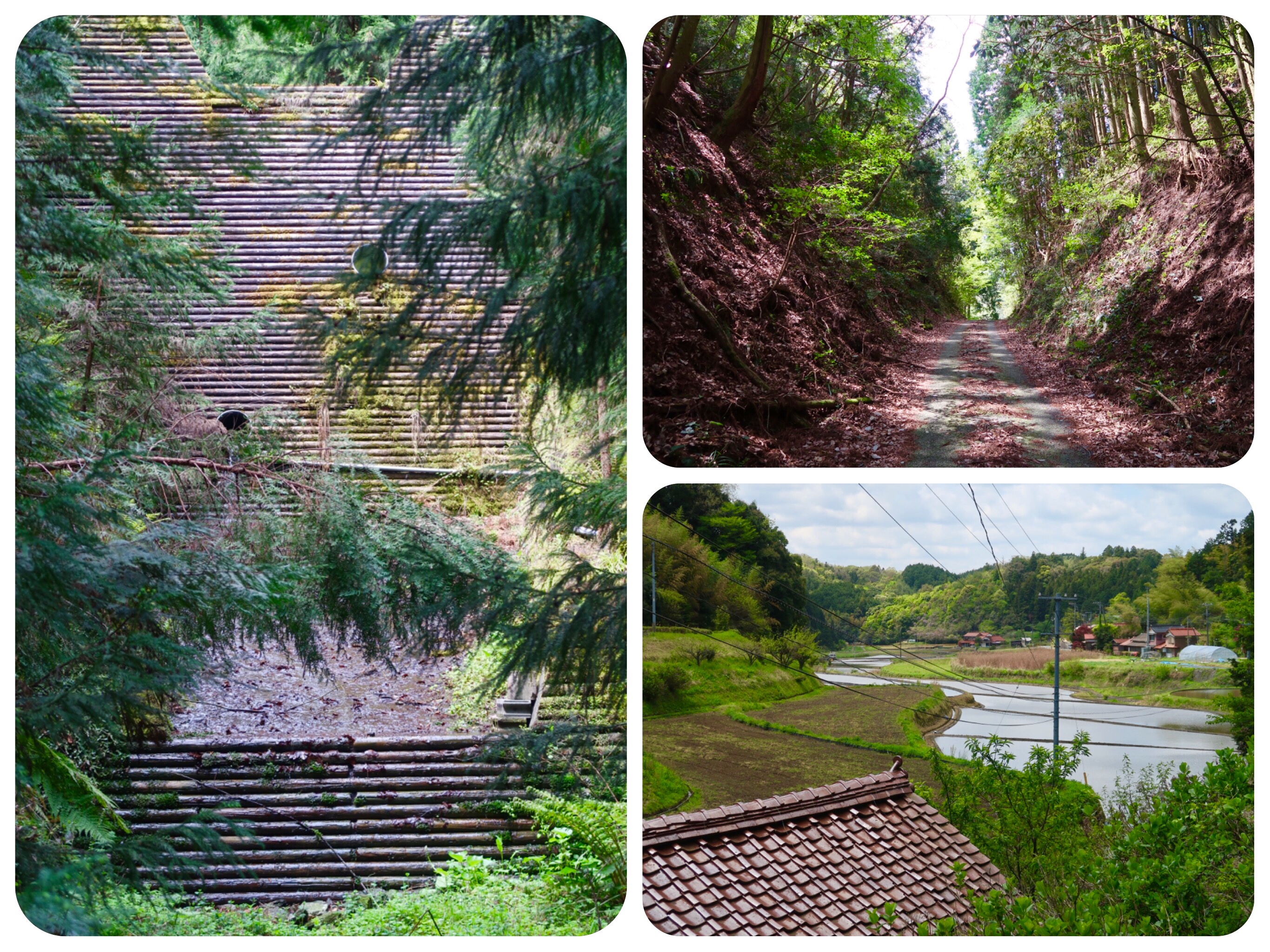


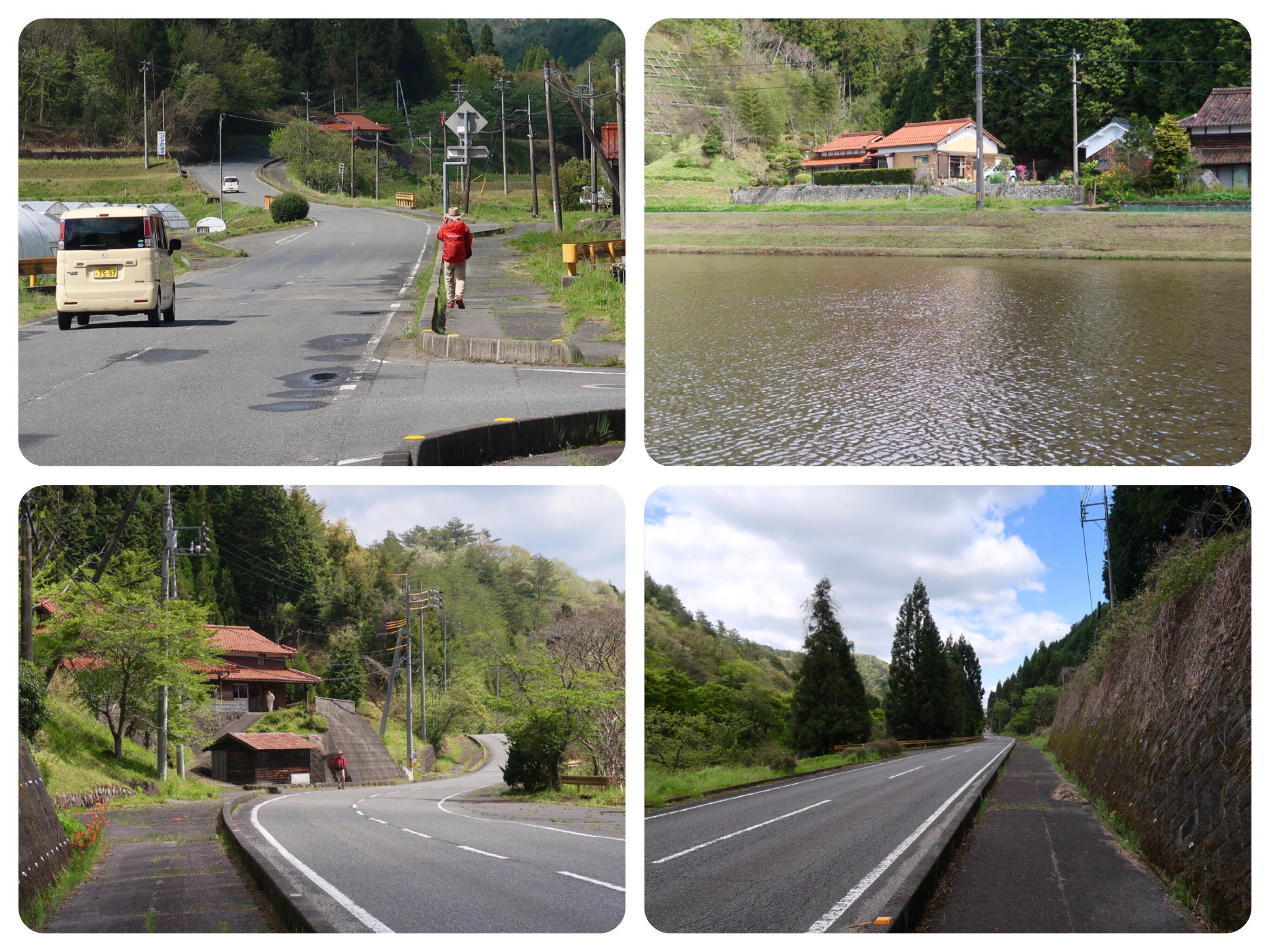


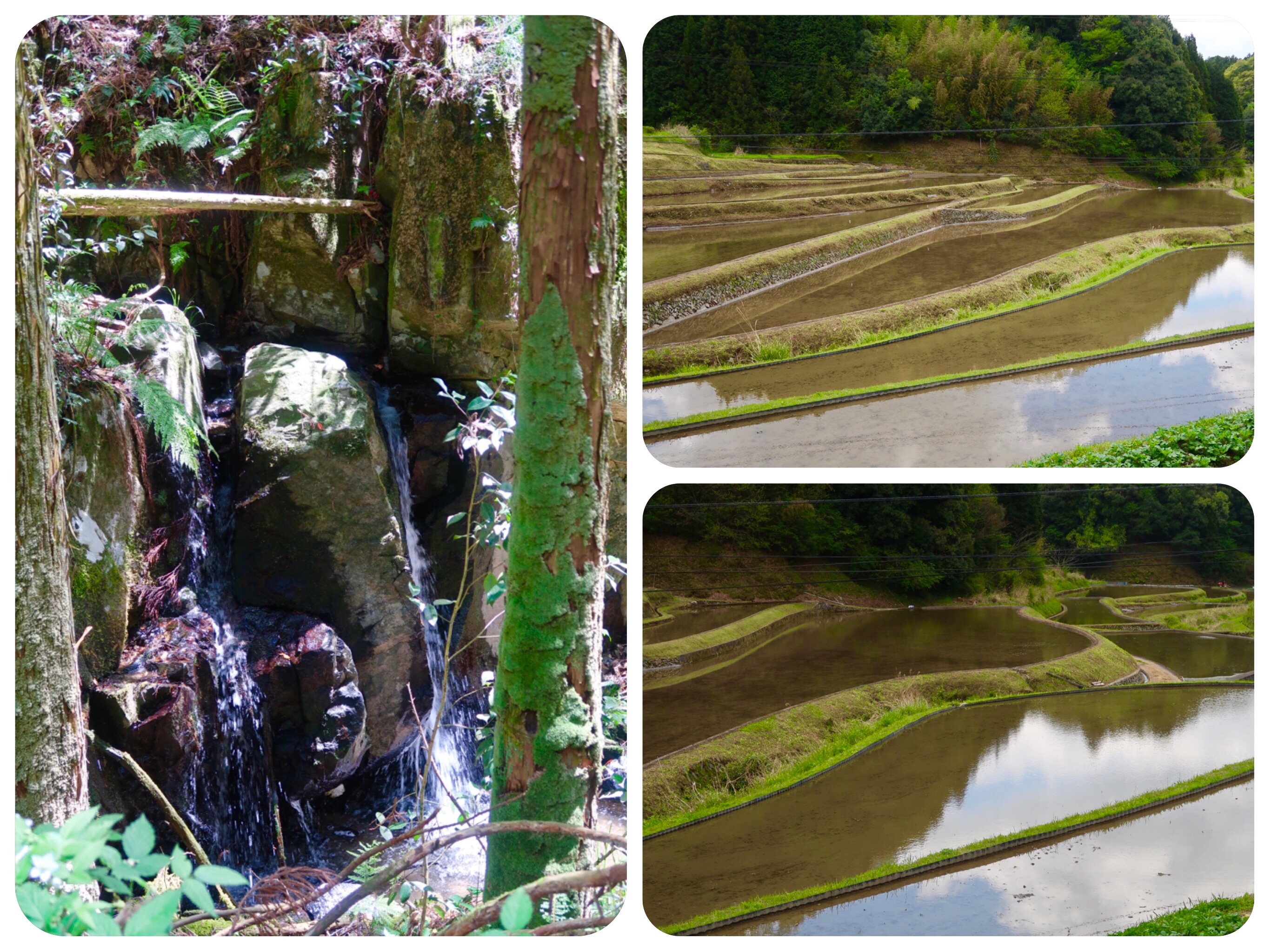

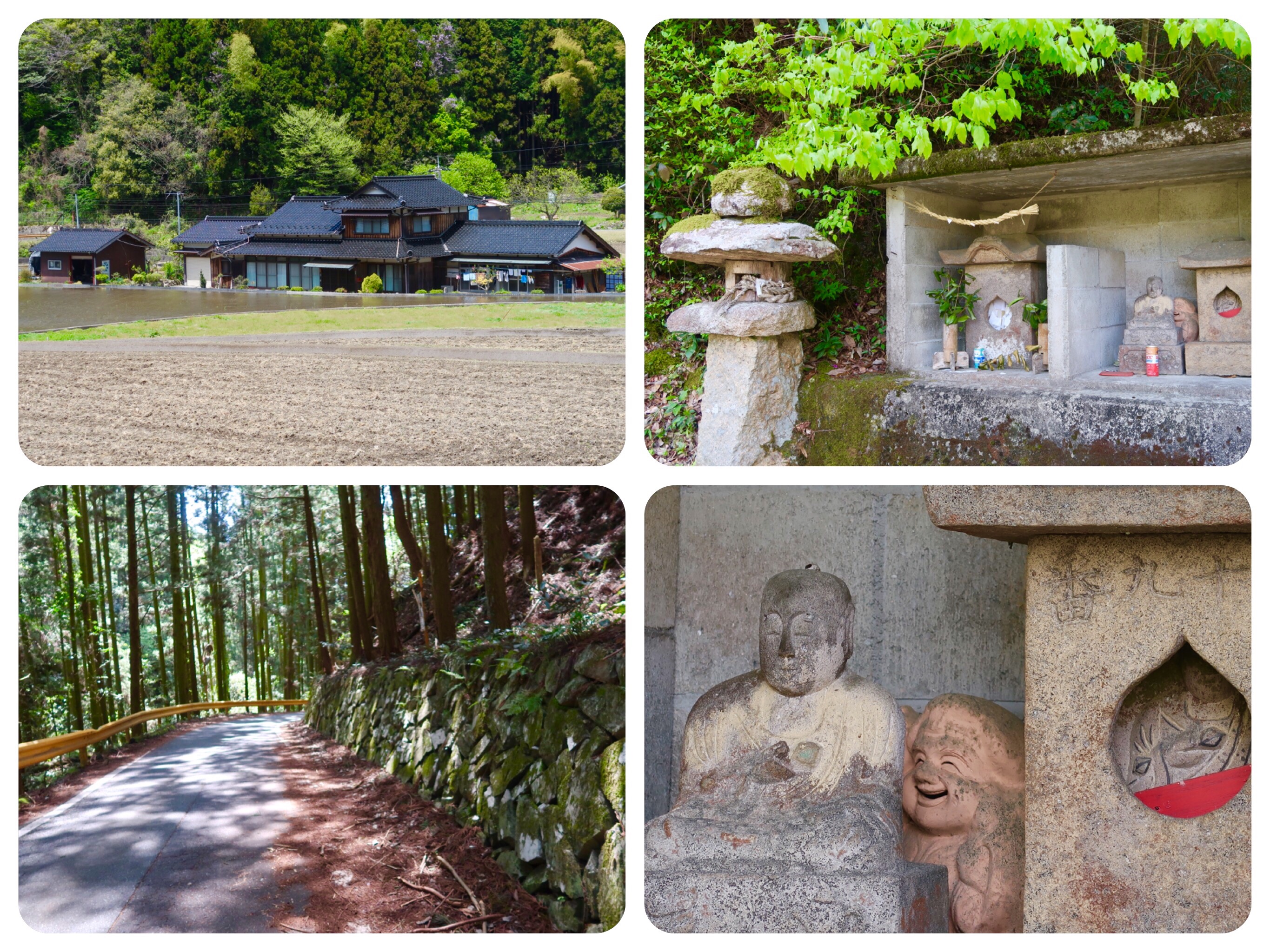


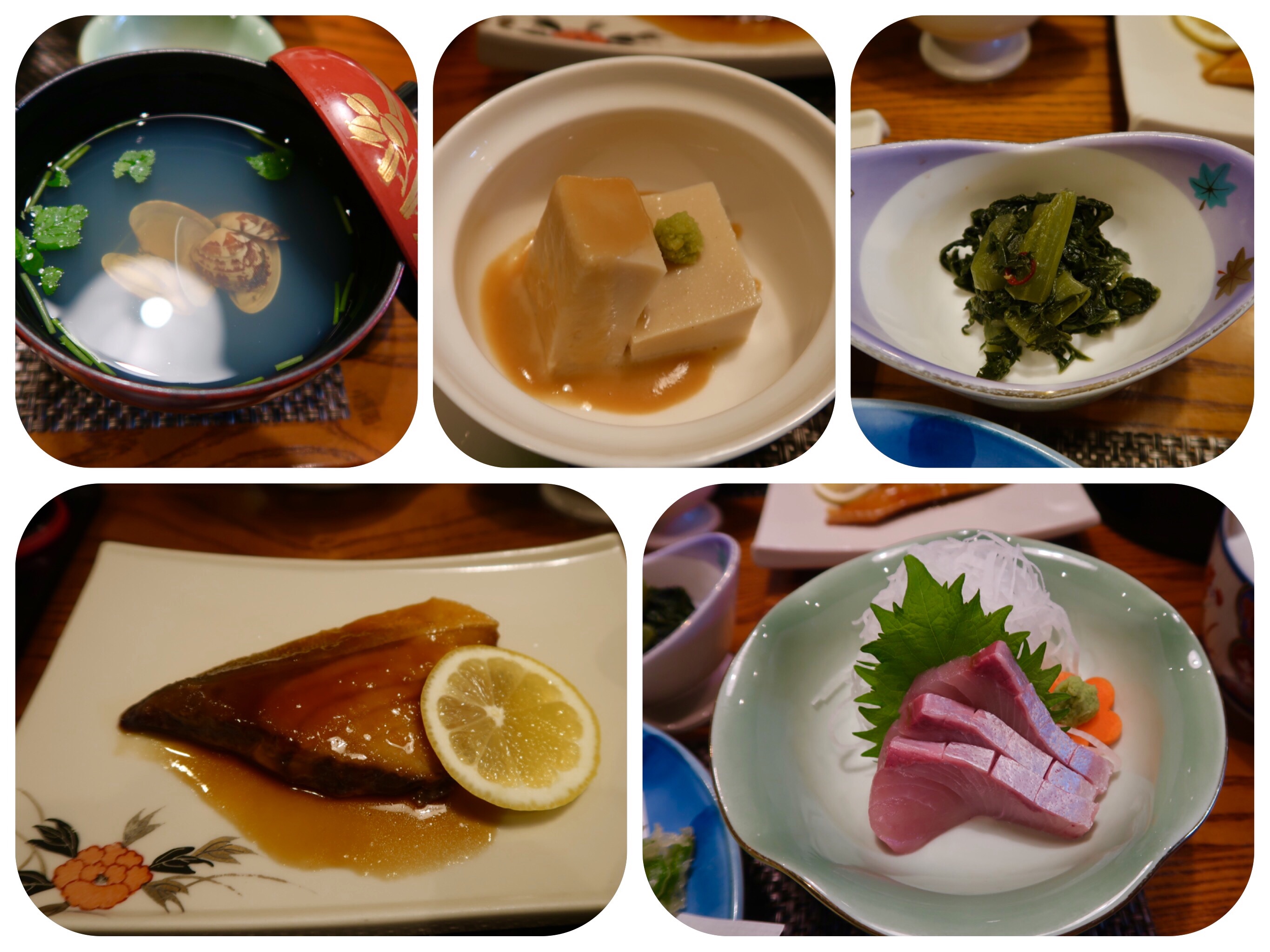



Day 22 - The Chūgoku 33 Temple Kannon Pilgrimage, Japan - A Long and Quiet Mountain Walk From Kano to Tokuji
It was chilly and breezy when we left our Onsen hotel in Kano this morning, and started walking southwest towards Tokuji.
Our destination, temple #16, is located in Yuda Onsen in Yamaguchi, but the distance is too great to cover in one day, so we booked an overnight stay in a Ryokan (traditional guesthouse) midway, in the small town of Tokuji.
Even though we dressed for a cool day, we had to stop and put on our windbreakers and neck balaclavas.
It was a beautiful and long walk, on mountainous farm roads, between forests and rice fields, mostly on tiny roads that had no car traffic at all.
At times, it felt like these tiny roads were just trails, and on some roads we only encountered a postman delivering mail on his scooter.
There were some very steep ascents and equally steep descents.
At times, we had to stop and catch our breath, drink some water and hope that we were at the peak.
We brought some water with us and also some Buckwheat cookies we had bought at the onsen.
On this pilgrimage, we are finding that it is easy to skip lunch, no matter how much we walk.
This is because we are served a huge Kaiseki meal most nights, with over a dozen dishes, and a very filling breakfast before we start walking.
Most of the time I am too full, and only need a break and some rest; I have no appetite for more food.
Today was no different.
We ate breakfast at 7:30 in the morning and started walking, and we knew that we would have another big dinner by 7PM.
We sat on a stone wall in a shaded spot, and had cookies and water.
Even though the food is great, both Jules and I prefer to eat fish no more than once per week or even once every two weeks.
But while we travel in rural Japan, that is not possible.
The rooms in these guesthouses include half board, and the meals always include lots of fish and shrimp dishes.
We actually are looking forward to the next week, when we will be staying in hotels with no dinners, so we can just have fruit or a salad for dinner.
We passed by a lot of stone Jizo sculptures, all wearing red knitted bibs and head coverings.
These Jizo are clothed by people who have lost a child, and the Jizo is believed to protect the soul of the departed child.
The parents may knit a new bib and hat for the Jizo every year, on their departed child’s birthday, or come to offer flowers and light a candle, when they feel overwhelmed with grief from missing their child.
You can see the Jizo in every temple and on many roads, even on remote mountain roads like those we walked today.
By the end of the day, I started to feel pain in my knee.
My knee is doing much better, and I noticed that the pain acts more like a “Phantom Pain.”
If I feel frustrated and let it, it will concentrate in my knee.
If I refuse to let the pain settle in my body, but just release it by breathing in large breaths and affirming my desire to be free of limitations and pain, it just goes away.
I nodded and smiled at a farmer who drove by.
He stopped to see if we needed a ride, got out of his car and asked us where we are going to, must we walk or do we want a ride, and if we feel tired.
I said that I am a little tired, but I can make it.
He wished us a good journey, got into his car and waved goodbye.
There was much more traffic on the last few kilometers of road before we entered Tokuji.
There was a delicious surprise waiting for us at the entrance to Tokuji - a gourmet chocolate shop and a café called Tete, that also made soy lattés.
The owner, a young and very pretty Japanese woman, told us that she used to live in Los Angeles.
She has had this chocolate cafe for nine years now.
She makes healthy chocolates, under the concept of “Bean To Bar.”
She gets the cocoa beans from six different countries, Haiti, Vietnam, Thailand, Indonesia, Tahiti and Brazil.
She roasts and shells the beans in her little shop, mixes them with coconut syrup, not cane sugar, for two days, and then molds them.
She also has chocolate truffles that she adds MCT oil to (Medium-chain triglycerides) which is believed to help the liver and assist in weight loss.
After our long walk today with no place to stop and rest, this was truly a wonderful break.
The town of Tokuji is very small.
It has a very interesting annual hot stone sauna Matsuri festival, which started a few hundred years ago.
It is still celebrated today with a Japanese puppet show, and a communal sweat lodge in the old cave.
The Ryokan guesthouse where we are staying is a wonderful old traditional farmhouse that is beautifully kept up.
It has painted Shoji sliding wooden doors, tatami floors and mud brick walls.
It is also super clean and spacious.
We got a suite with a bedroom, a separate seating area with a tea table and best of all, a heater, as the temperatures did drop tonight to single digits.
We were served a delicious dinner, and met two of the five kids in the family, a boy of eight years and a girl of ten years young, both sweet kids with wonderful manners and sweet dispositions.
We did our laundry, caught up on our emails since we did not have internet in Kano, and took nice baths.
Wishing you a world of good blessings,
Tali
Daily Stats:
Steps: 38,961 steps
Distance Walked: 29 Kilometers
Active Walking: 6.5 hours
Total Time: 8 hours
Total distance walked on the pilgrimage so far: 442 Kilometers
Temple Visited: none
Accommodation: Tomokagė Ryokan in Tokuji
A small traditional guesthouse with very well kept up and spacious Japanese-style Tatami rooms, run by a sweet family.
Serves a very good dinner and breakfast.